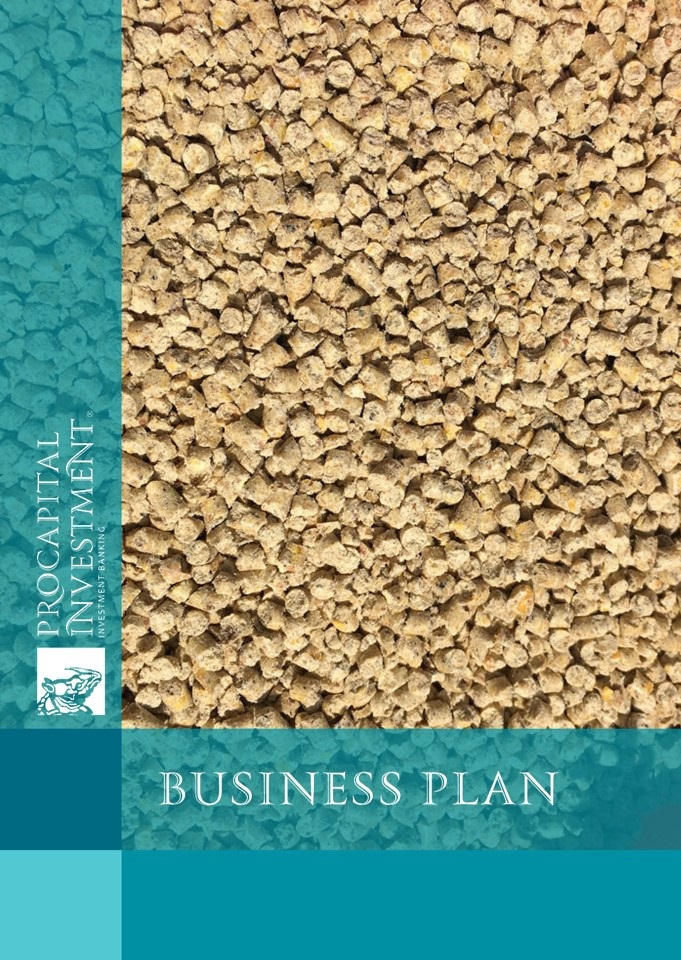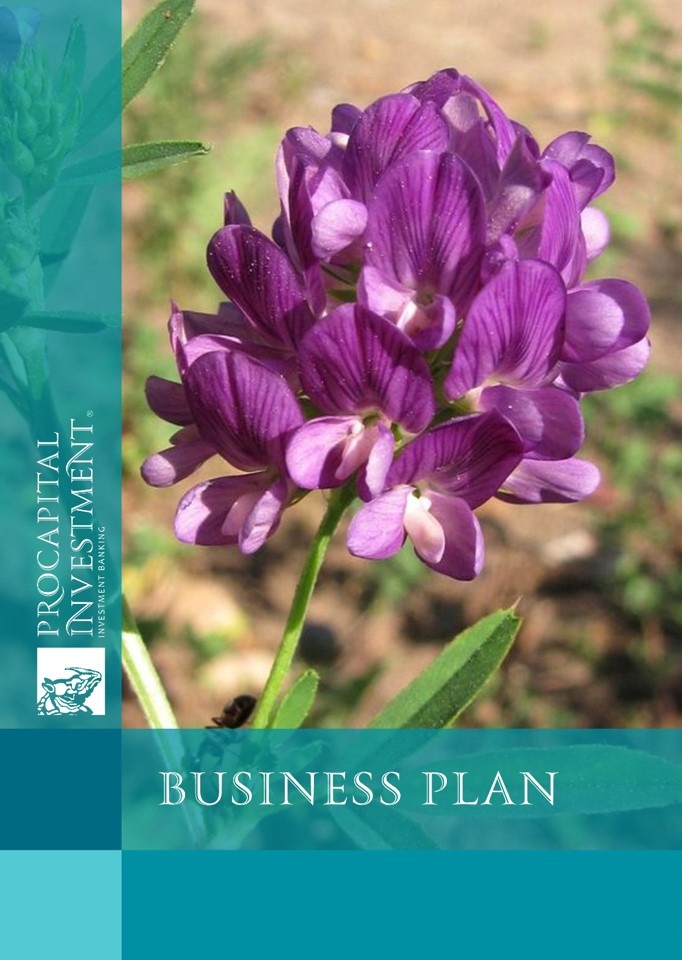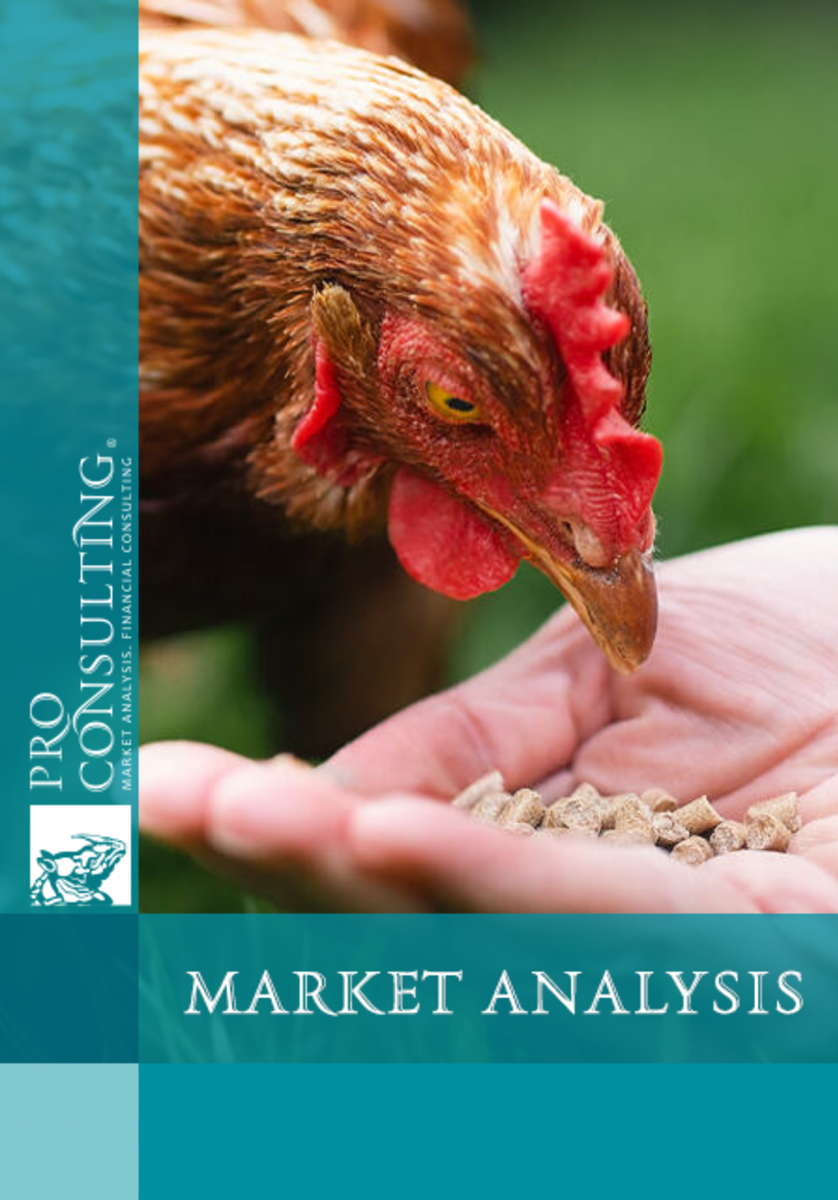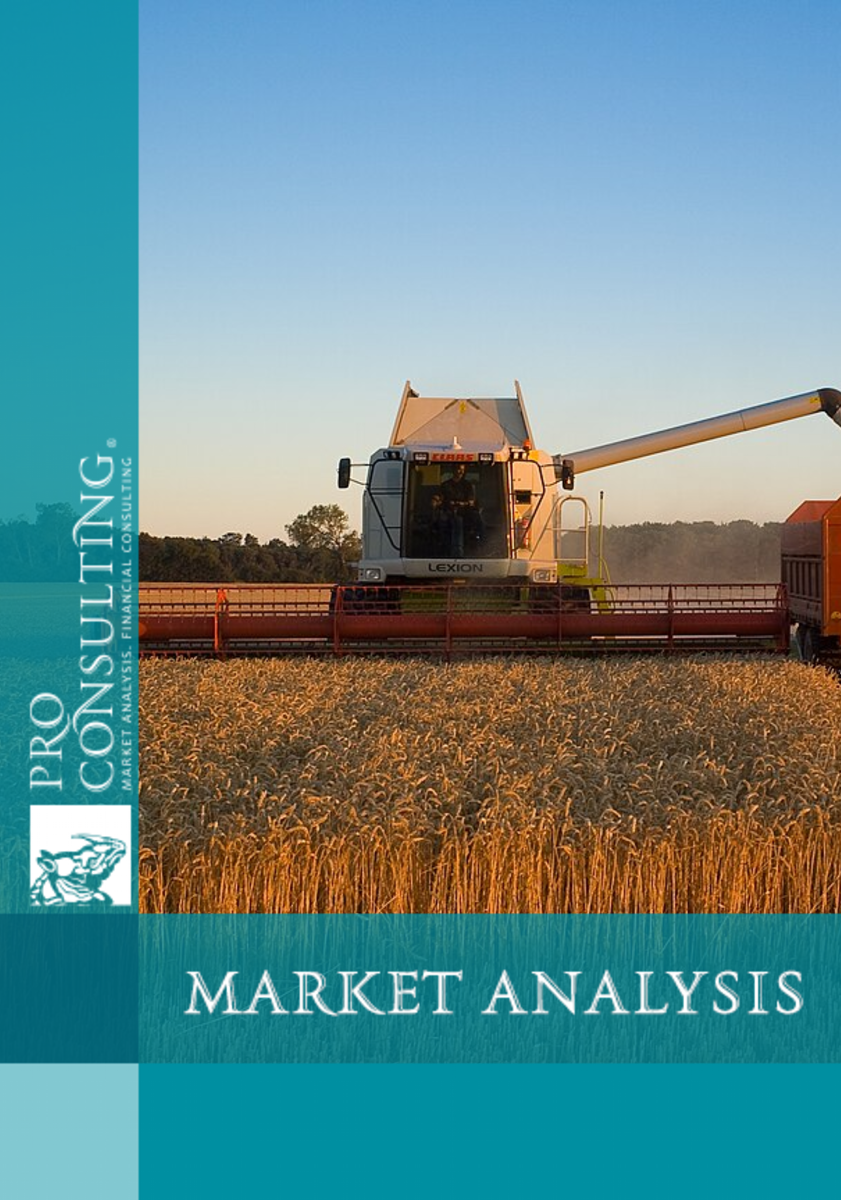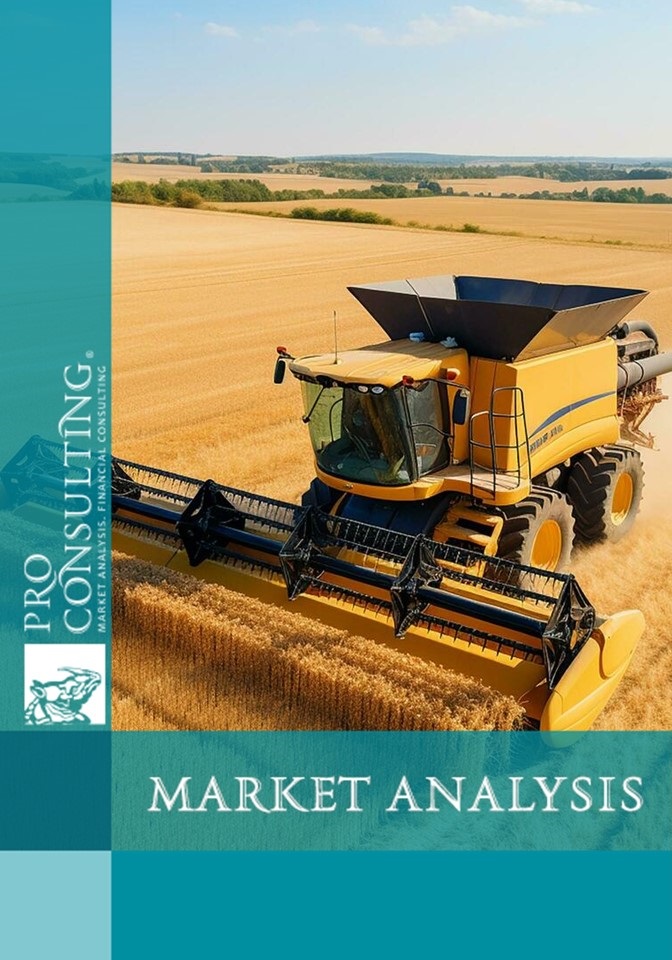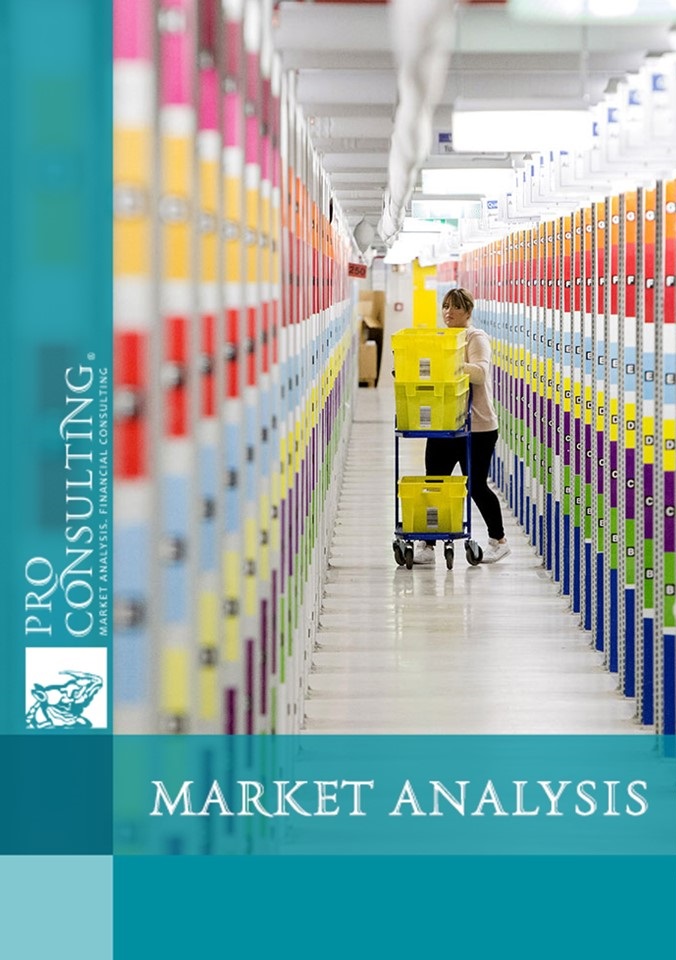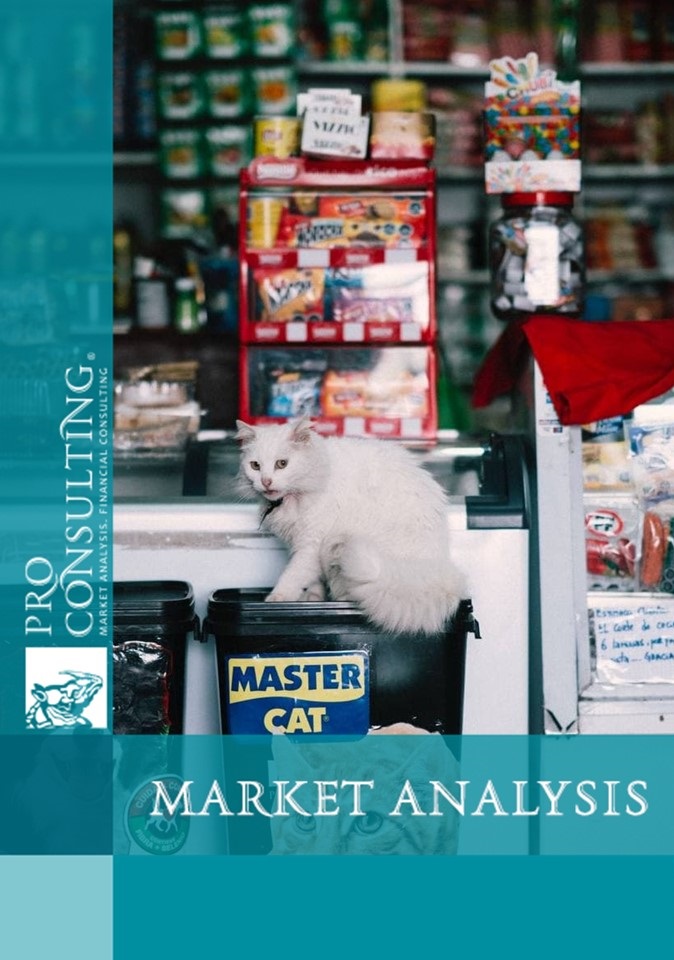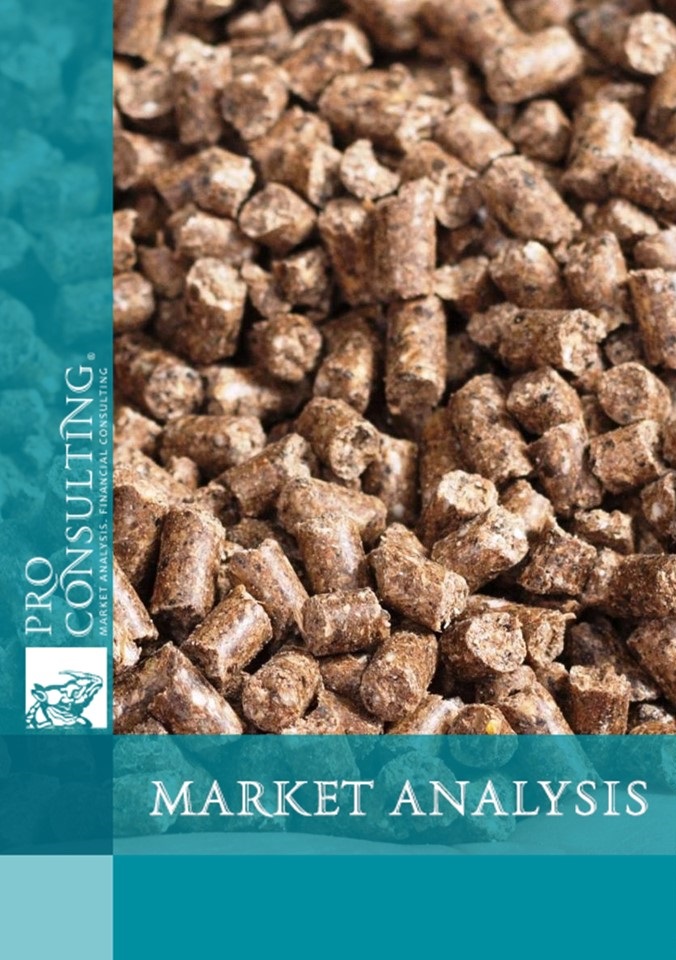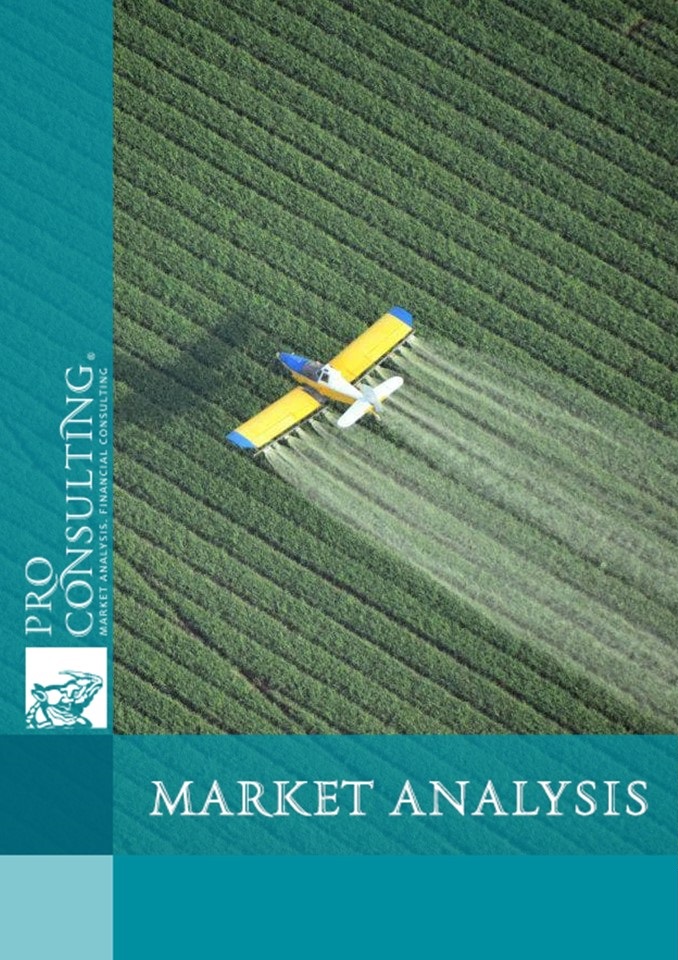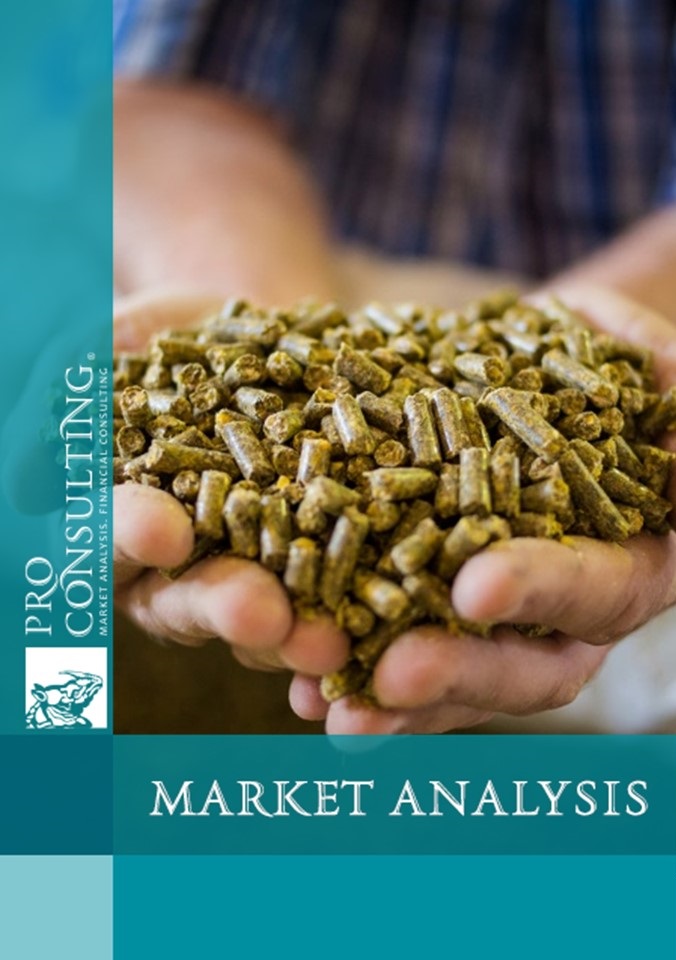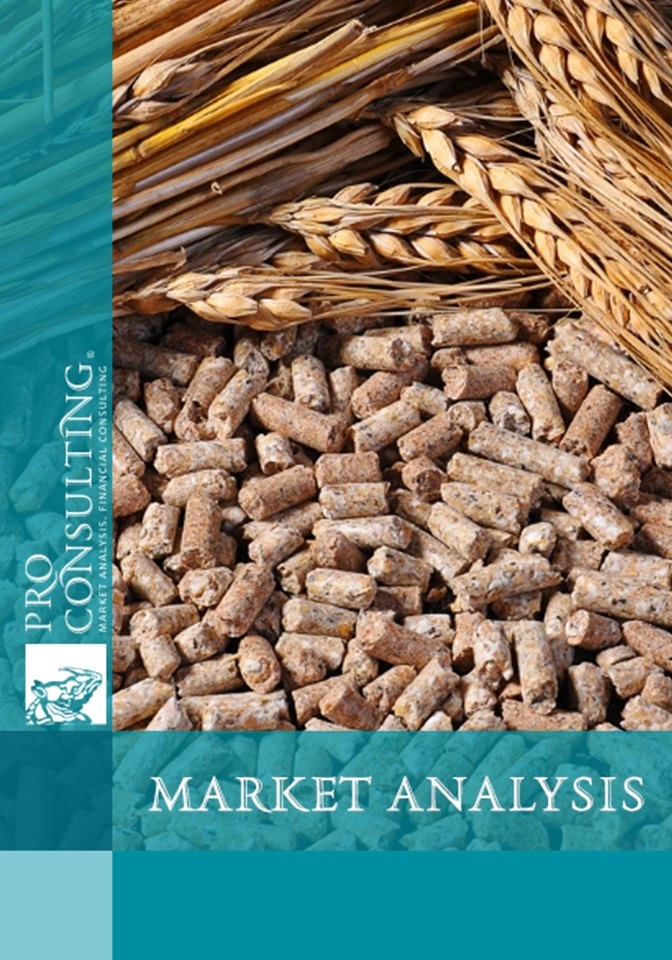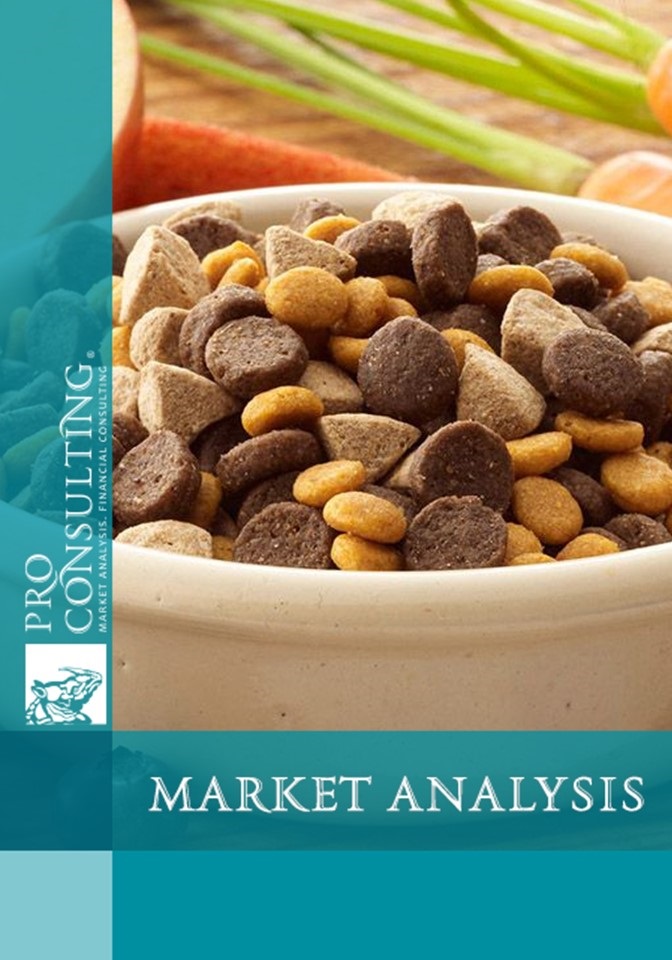Business plan of fodder plant
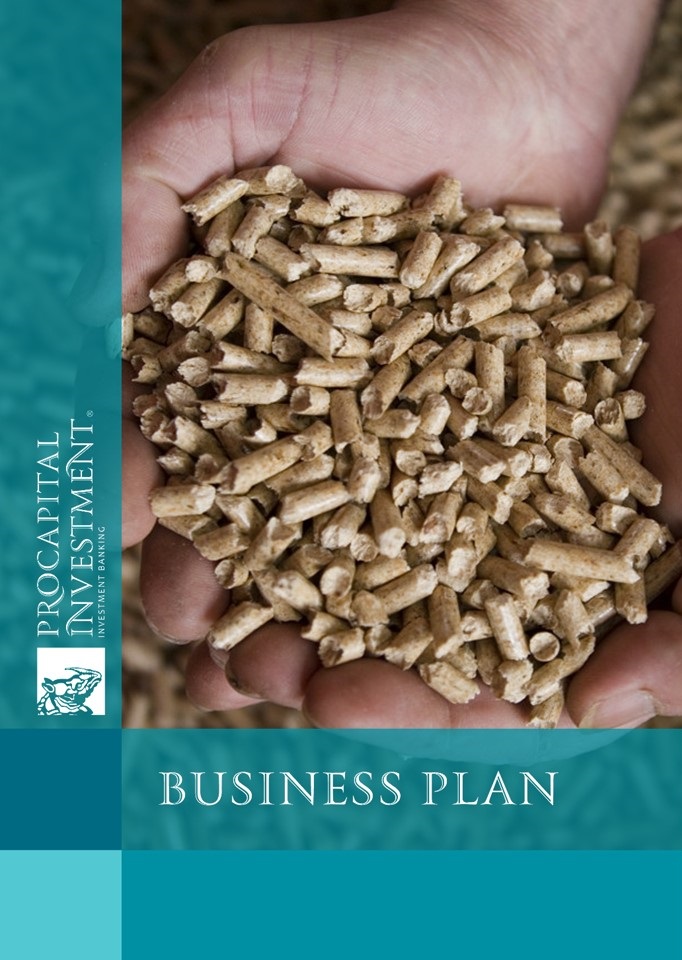
| Date of Preparation: | December 2011 year |
| Number of pages: | 94 pages, including 25 applications, 28 tables, 28 figures (document prepared in Russian) |
| Payment method: | prepayment |
| Production method: | digital Word + financial model in Excel |
- This project can be updated with your volumes, period and location
- You can order business plan for other project - сontact us
- You can also order market research for your business




The concept of the project:
The main source of supply for manufacturing agricultural enterprises and individual farms quality food is a feed mill sector. After all, high-quality feed has a positive effect on the growth of daily weight gain of animals, and thus to reduce the cost of maintaining them, which increases the profitability of agriculture. Therefore, increasing the production of quality feed for farms specializing in breeding birds and pigs - the main consumers of these products is of paramount importance.
At the moment, the Ukrainian market of feed there has been a tendency to reorient agricultural producers to more efficient animal production systems, which uses no grain mixture, and complete feed. Produce this food in Ukraine was also advantageous because, that in our country there are many eco-friendly zones for their cultivation. And the quality and quantity of food will not only satisfy consumer demand for the Ukrainian market, but can not compete with the producers of these products in the foreign market.
Profitability of the business can be justified as follows. Thanks to government support for agriculture is now an improvement in the efficiency of livestock production and the growing range of all kinds of food. These trends give reason to talk about increasing the demand for food resources, and that makes such a lucrative business.
The business plan involves the construction and organization of the feed mill, whose production capacity of 20 tons / hour. The project includes a description of the technology of the enterprise, the list and specification of equipment and raw materials. Also, the business plan is a description of the state and provided an analysis of the target market.
The financial part of the business plan consists of a sales plan for the project, basic financial statements, profitability analysis Company provided the use of credit and the calculation of break-even points for different periods of operation of the plant. During the development of the business plan was analyzed investment attractiveness of the project, which suggests the prospects of its implementation. Also calculated a few scenarios for the business, taking into account possible deviations of actual data from the plans, the impact of these deviations on the financial stability of the enterprise.
<p
Content:
1. PROJECT DESCRIPTION
Applications:
Appendix 1. Aggregates for Project
List of Tables:
Table 1. Project Summary
Table 2. General Settings on the Project
Table 3. The parameters of the enterprise
Table 4. Taxation Project
Table 5. Destinations investment
Table 6. Work on the project and the schedule of investments
Table 7. Physical fruit storage chambers
Table 8. Specifications for FLT
Table 9. Specifications electric stacker
Table 10. Staffing Project
Table 11. The market capacity of fresh apples in Ukraine in dynamics 2007 - 2012, in kind, thousand t
Table 12. Main participants of the Ukrainian fruit storage
Table 13. Mid-market sales prices of apples, $/t
Table 14. The purchase prices for the products, $/t
Table 15. Features power consumption of fruit storage
Table 16. Prerequisites for the calculation of power consumption loaders
Table 17. Sales Forecast Project
Table 18. Profit and Loss Statement for the Project
Table 19. Formation profit Project
Table 20. Efficiency Project
Table 21. Operating expenses for the project
Table 22. Sampling schedule of loan repayment
Table 23. Ratio DSCR
Table 24. Performance Indicators
Table 25. The sensitivity of the project to change the volume of sales
Table 26. The sensitivity of the project to change prices
Table 27. Sensitivity to changes in the cost of the project
Table 28. SWOT-analysis Project
List of graphs and charts:
Figure 1. Investment targets
Figure 2. Financial schedule of the Project
Figure 3. Location of the Project
Figure 4. Organizational Project
Figure 5. Production of feed for livestock and poultry million tons, 1990-2010
Figure 6. The structure of compound feed production for 2007
Figure 7. The structure of compound feed production for 2008
Figure 8. The structure of compound feed production for 2009
Figure 9. The structure of compound feed production for 2010
Figure 10. Average prices paid for raw materials for animal feed in 2009/2010 and 2010/2011 MG, UAH / t
Figure 11. Average selling prices for feed 07.2010-12.2010 and 07.2011-12.2011 years., UAH / t
Figure 12. The structure of the leading manufacturers of animal feed in 2009/2010 MG,%
Figure 13. Revenue costs of the Project
Figure 14. Dynamics of net income and return on sales
Figure 15. Formation of the net profit on the project
Figure 16. Operating expenses
Figure 17. The structure of the direct cost of service elevator
Figure 18. Chart loan service
Figure 19. The dynamics of debt-servicing ratios for the project
Figure 20. 2 year break-even chart
Figure 21. 3 year break-even chart
Figure 22. Figure 4-7 year breakeven
Figure 23. The internal rate of return
Figure 24. Payback Project
Figure 25. The correlation of NPV and price changes
Figure 26. The correlation of NPV and changes in the volume of sales
Figure 27. The correlation of NPV and change the number of working shifts
Figure 28. The correlation of changes in the cost and NPV
